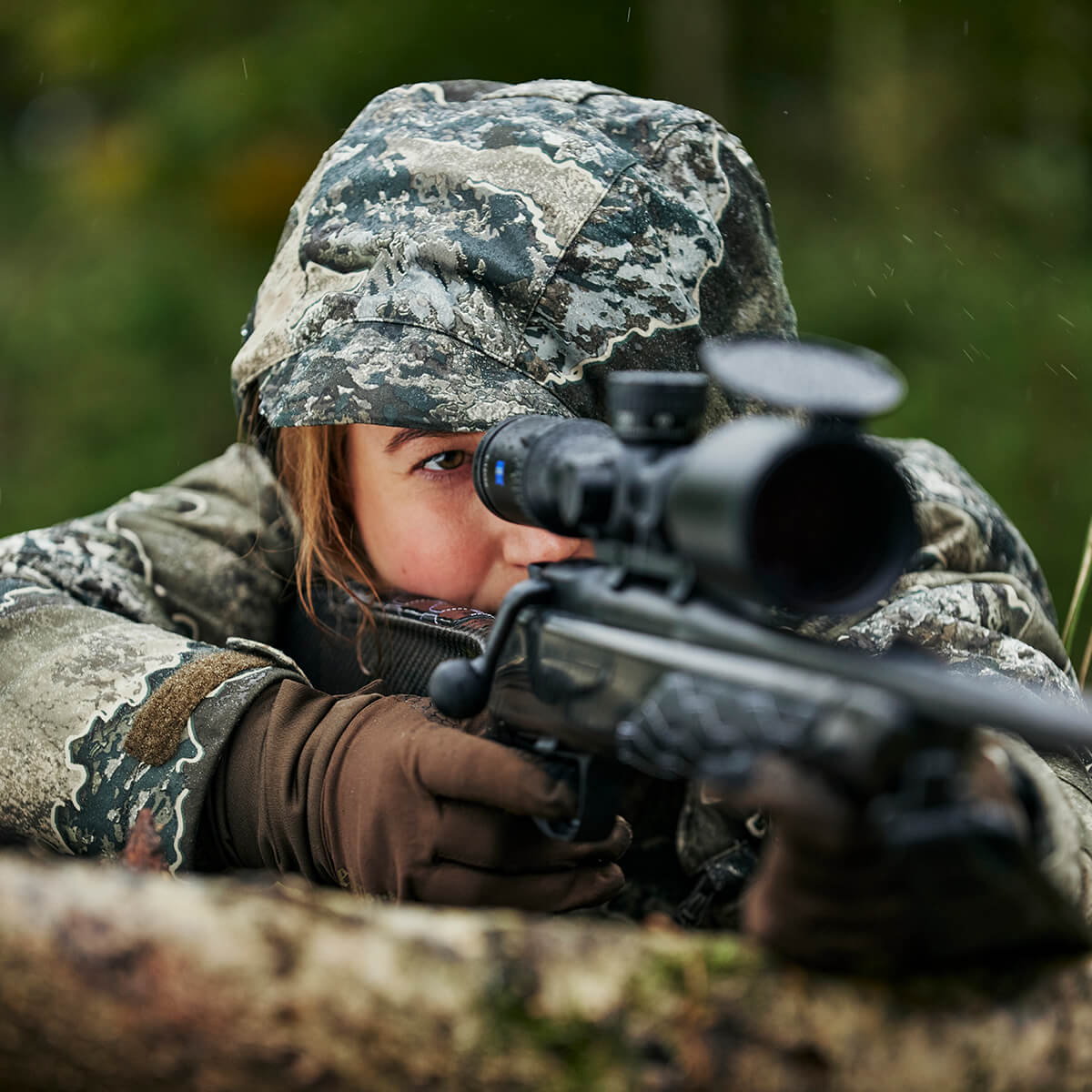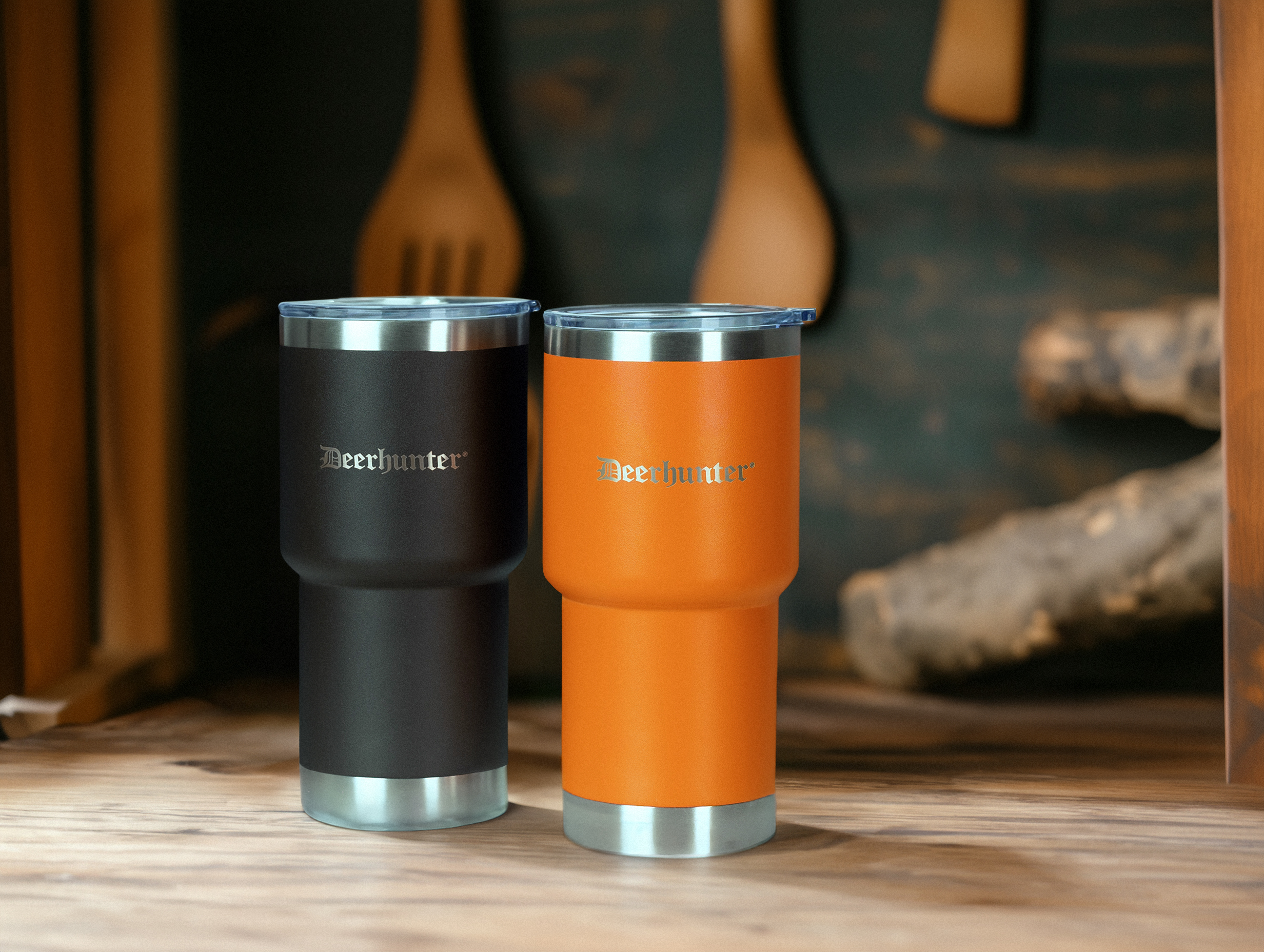
Disclaimer
This article may contain rules that do not apply to your country. Please check which rules applies to your country.
PARTRIDGE SHOOTING
Partridges are hunted in open pasture land, where they thrive best. Partridges are monogamous. Unlike pheasant, the males have only one female. Partridges find mates in spring, but when we encounter them during hunting season they are sitting in fields or hedgerows in small flocks. You usually hunt partridges using a pointer. There are many dog breeds which can be used – setters and pointers, as well as the continental breeds such as the German wire-haired and short-haired pointers. The dog searches upwind and points to the birds until the hunter arrives. The hunter then instructs the dog to approach the birds so they take flight.

Challenges of partridge shooting
Partridge hunting starts in late summer and early autumn, just after harvest. Temperatures are therefore relatively high. The hunt often covers large areas, and you walk many kilometres in a day. It is therefore important to have moisture-wicking hunting apparel which is comfortable to wear, so you can move easily and freely for many hours.
Partridge shooting
Follow Lars Engel on a grey partridge hunt in Denmark

Find your Deerhunter clothing here
BUY NOW
Hunting stories from a hunter
All old hunting books have chapters on partridge hunting using pointers, and you read about hunting grounds so large that they could not cover them fully during a season. Heath and meadows with grazing cattle, where a pack of pointers and setters, with heads held high and in elongated gallop, eagerly explore grassy plains, tuft by tuft, to find the small birds. In those days, game was a part of the household, and hunting a part of agriculture. But it is not so remote that you cannot still experience this amazing form of hunting. Not many people have the large areas of land that they had at their disposal back then. But partridge hunting still exists as a form of hunting, so it is possible to experience the rush.

A good dog
A few years ago, I bought a lovely English setter. He was quite unruly, but unerring when it came to birds. At the time I bought him I had not yet bagged my first partridge, but it happened very soon afterwards. My small hunting ground consisted of two small fields with a hedgerow between them. One field opened onto a heath that went down to a river. The handsome dog put its nose in the air, he knew what it was all about. He pranced around in the stubble a few times to feel the wind and then set to work. If I tried to turn him with the whistle to make him search a specific area, he did not react until he happened to pass by me of his own accord. The moment I caught his eye I could see he was thinking, “oops, there was something I should have done!”
The first grey partridge
All children can be passionate about a particular interest. We know that we should have done our school homework, but the stream and fishing rod beckoned us – or perhaps it was the football, or the girls! That’s how he was, loving and handsome, but hunting mad, undisciplined and full of childish excuses. On his own initiative, he passed through the hedgerow to the next field, lifted his snout even higher, ran over to the opposite corner at the edge of the heath and pointed. I had never seen game here, and certainly not partridges. I therefore walked calmly up to him and said, “why are you standing here? what are you up to?” I put two cartridges in the gun as a precaution, and gave him the order to flush out the bird – if there was one! That was one of the only orders he actually obeyed – a ‘yes’ to flush out the bird. He was also good at retrieving, even in water, and very happy to do so on his own initiative. I got a minor shock when a large flock of over 20 partridges exploded out of the ground in front of the dog. That’s how I got my first partridge, in a place where there are otherwise no birds. A good dog is all that matters!
READ ABOUT OTHER TYPES OF HUNTING



















